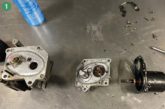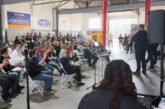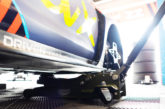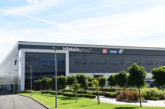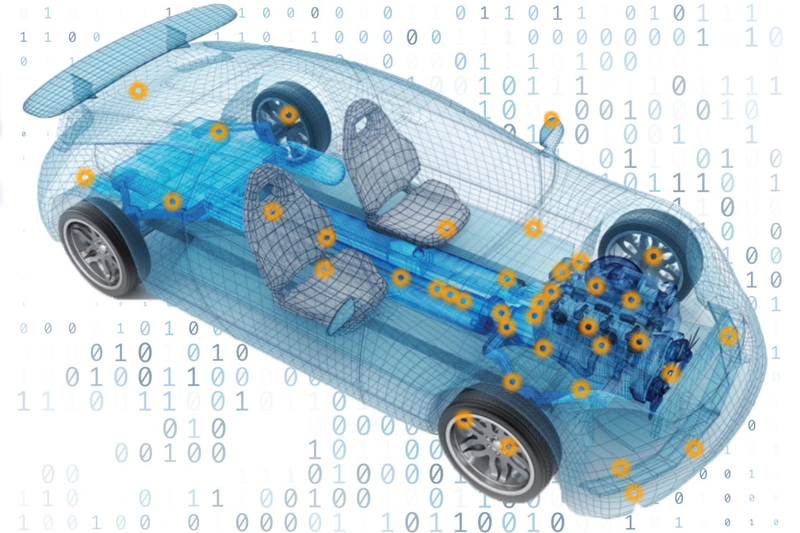
ADAS has had a profound effect on the automotive industry. However, the area that has had to adapt to these developments the most is the diagnostic process. To gain a better understanding, PMM spoke to Dominik Overmann, Head of the Electronics Product Team at Meyle.
PMM: What is the relationship between sensors and ADAS?
Dominik Overmann (DO): ADAS (Advanced Driver Assistance Systems) are divided into six different ‘Levels of Driving Automation’ (based on SAE J3016). In the levels 0-2, the driver still has control over his vehicle and is responsible for the car. That means the driver must constantly supervise the dedicated support features. The driver must steer, brake or accelerate as needed to maintain safety. In level 3-5 you are not driving when the automated driving features are engaged – even if you are seated in the driver’s seat. Some of these automated driving features will not require the driver to take over driving.
The connection to sensors is quite close. For example, in level 0 of Driving Automation you will have features like blind spot warning, lane departure warning or automatic emergency braking. All these features are requesting different kinds of sensors, like ultrasonic sensors. These sensors are connected to control units and the whole system is called ‘ADAS’.
In level 1 you would have features in your car like lane centering or adaptive cruise control. In level 2 you would have lane centering and adaptive cruise control at the same time. This means steering and brake/acceleration functions are taken over by the car. Those functions are controlled by sensors like camera, laser or angular position sensors, too. The signals of the sensors are controlled and processed in control units and ECUs and again called ‘ADAS’. The higher the ‘Level of Driving Automation’ is, the more sensors are currently in use and the more signals need to be processed within an ADAS.
PMM: Electronic sensors are nothing new, but how has the increase in ADAS affected the way garages approach this area of repair and maintenance?
DO: The number of sensors is increasing. As a result, the request for sensor repairs is growing as well. An extensive know-how about the technology and how to change sensors is required for the garage and its technicians. Usually the car reports a failure in the dashboard and the expert can connect a diagnostic device to the vehicle in order to identify the dedicated failure code. Afterwards the technician is able to change the defective part. This requires knowledge in two main areas.
The first is how to operate with a diagnostic device and “get into the car electronics”. And the second is expertise on how to change the part. I would like to give an example: When you are replacing a windscreen and the car has for instance a lane departure warning system, you have to calibrate the camera sensor afterwards. Necessary to do so is the right equipment and the dedicated know-how.
PMM: Is there anything that technicians should take into account regarding the wider electronics system when repairing or replacing sensors?
DO: The most important point is to stay up to date with new technologies. The development of new features, new kinds of sensors, and new kinds of functions is rapid; it is easy to get lost. If you are missing some of the development steps today, it will take some effort to build up the right know-how tomorrow.
Besides that, it is more important than ever to be accurate and precise when replacing sensors. This should guarantee that any failure of the sensors is not as a result of a malfunctioning part due to a technician error.




